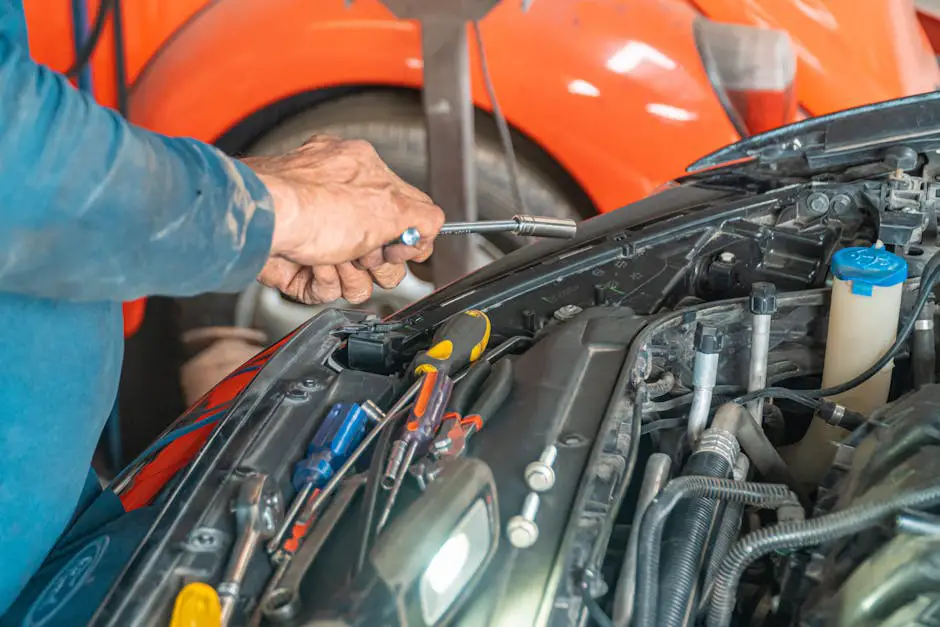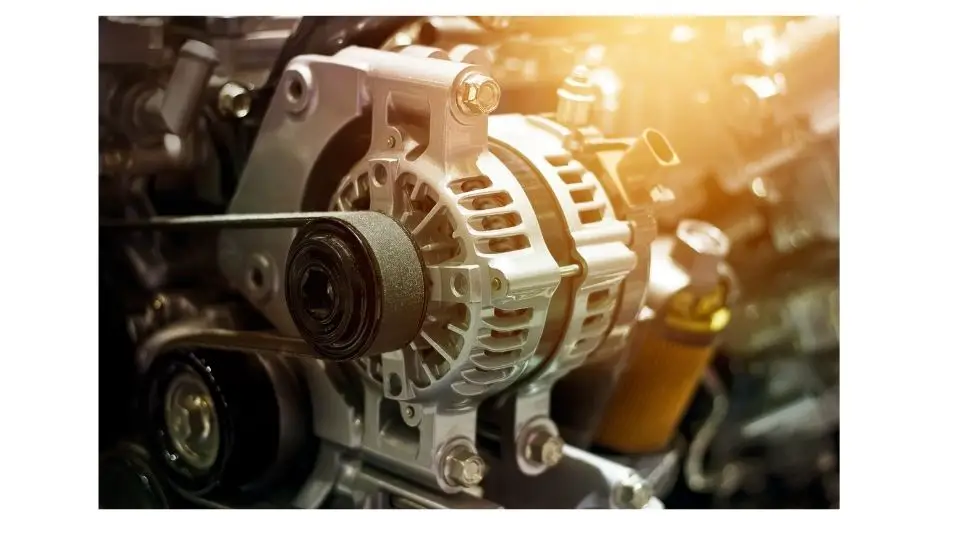Driving safely is a top priority for everyone on the road, and modern technology plays an important role in making sure that vehicles remain stable and responsive under different conditions. One of the cool innovative features is the StabiliTrak system, an advanced feature designed to help you maintain control of your vehicle during unexpected situations.
But does the Stabilitrak effect the engine on your Chevy? We’ll be answering this question in this article, so keep reading!
What is the StabiliTrak System?
The StabiliTrak system is an advanced electronic stability control system found in Chevrolets and many other vehicles. It plays an important role in improving a vehicle’s safety by helping to maintain control during sudden maneuvers or in slippery conditions. When the system detects that your vehicle is not responding to your steering inputs — maybe because it’s beginning to skid — it automatically applies precise brake pressure to the necessary wheels and may reduce engine power to help bring the vehicle back in line with your intended path. This feature is really useful in preventing accidents that can occur from losing control of your Chevy.
How Does the StabiliTrak Operate?
StabiliTrak operates through a series of sensors placed throughout the vehicle, which monitor the speed of each wheel, the vehicle’s direction, and the steering wheel angle, among other data. When it senses a mismatch between your steering input and the direction the vehicle is moving, it intervenes. For example, if you make a sharp turn and the car begins to slide sideways, StabiliTrak will apply the brakes to one or more of the wheels and possibly decrease the engine power to help realign the car to where you’re aiming to go. It’s a smart system that works quietly in the background, most drivers might not even realize it’s there until it activates during a critical moment, adding a valuable layer of safety and confidence while driving.

Does the Stabilitrik Effect the Engine on a Chevy?
While StabiliTrak is mainly a safety feature designed to stabilize your Chevy during loss of traction, it’s also important to know its relationship with engine performance.
The StabiliTrak operates by adjusting the engine power alongside applying precise brake pressure. But it is important to note that these adjustments are situational and aim to prevent loss of vehicle control rather than to modify overall engine performance. StabiliTrak intervenes only when necessary – during moments of detected instability – and its primary influence on the engine is in moderating power to help maintain vehicular control, not to improve or directly influence performance metrics like speed or acceleration under normal driving conditions.
Some drivers might observe subtle changes in their Chevy’s behavior when StabiliTrak activates, such as a slight reduction in engine power or a momentary decrease in acceleration. This is part of the system’s design to help regain traction by reducing the torque momentarily. It’s a temporary effect and is entirely safe; once there is stability, your engine resumes back to normal.
The uniqueness of StabiliTrak lies in this balance – providing support only when needed without significantly impeding the engine’s capacity to perform under standard driving scenarios. This nuance makes sure that its impact on your engine performance is minor, temporary and strictly used in the context of stabilizing your Chevy during potential traction loss.
What are the Common Issues and Troubleshooting?
Despite the many benefits of the StabiliTrak system, you might encounter issues that can affect your Chevy’s performance and safety. Common problems include unexpected activation of the StabiliTrak system, which can momentarily reduce engine power.
Errors or malfunction warning lights on the dashboard are also pretty common, and usually occurs by faulty sensors or issues within the system’s communication network. These sensors play an important role in the accurate functioning of StabiliTrak by constantly monitoring the vehicle’s movements and stability. However, when they malfunction or are less responsive because of dirt, grime, or damage, the system might send incorrect data that triggers false alarms or undesired operation of StabiliTrak.
Fixing these issues typically starts with diagnosing the Chevy by using a specialized OBD2 scanning tool that reads StabiliTrak system codes. The OBD2 scanner below has good reviews on Amazon and is the one I’d recommend using.
This step is important to properly identify the root cause of the malfunction. For warning lights or errors related to StabiliTrak, checking and cleaning the wheel speed sensors is a common practice as they can accumulate debris which affects their operation.
In more complex cases, reprogramming or updating the system’s software may address the glitches causing sporadic or instances of StabiliTrak activation. Regular maintenance and checks of the Chevy’s electrical system, including connections and wirings related to the StabiliTrak, helps in preventing potential issues.
Maintenance Tips for the StabiliTrak System
Maintaining long-term performance of your Chevy’s StabiliTrak system and engine involves a proactive approach to vehicle care and understanding how these core components interact to ensure the best performance.
For your Stabilitrak system, making sure your Chevys’ wheel alignment is precise is important, as improper alignment can cause unnecessary stress on the system. Paying attention to your tire health is also important; worn or unevenly worn tires can mislead the StabiliTrak’s sensors due to inconsistent grip levels on the road. Also, make sure to have a professional inspect the StabiliTrak’s sensors and electronics as part of your regular maintenance schedule, as this can prevent malfunctions that may otherwise lead to a loss in performance over time.

Conclusion
In conclusion, the StabiliTrak system is an important safety protocol on your Chevy as it offers you stability and control in challenging driving conditions. As it does subtly influences engine performance during activation, its main role is focused around the driver’s safety. Make sure to actively take your Chevy to maintenance and regular inspections in order to make sure it’s working properly and giving you a better driving experience.

Tomas is a retired Chevy Auto Technician that brings decades of hands-on experience and expertise to the table. He’s also a father to two incredible daughters. He enjoys using his knowledge and experience to help you solve and find reliable information on Chevrolet vehicles. Whether it’s troubleshooting engine problems or providing tips for maintenance, Thomas is committed to helping Chevy owners keep their vehicles running smoothly and safely.





